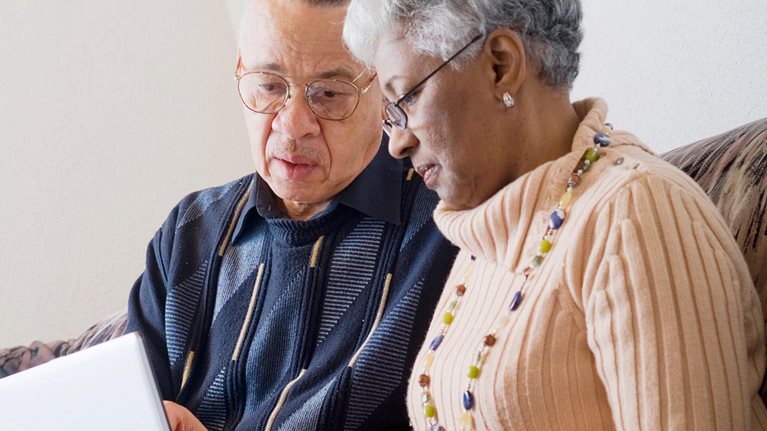Conventional wisdom says that the emerging economies of China and India are the biggest opportunities for global consumer companies. But a much bigger opportunity is emerging here in the United States—the 24 million middle—class American households approaching retirement with lofty lifestyle aspirations, a thirst for new products and brands, and limited financial resources.
Few companies are gearing up to meet the needs of this powerful group. This is a mistake. The cohort of financially unprepared yet undaunted and uncompromising baby boomers—"u-boomers" for short—will account for almost 25% of total US consumption by 2015. This implies a massive market for products and services that meet discriminating u-boomer tastes at affordable u-boomer prices.
Analysis shows that U's are the largest segment of the baby boomer generation, sandwiched between roughly 10 million well–to–do households with high hopes for a comfortable retirement and the financial resources to pay for it, and 11 million disadvantaged households that are deeply pessimistic about the future.
Our research shows that u–boomers share all the optimism and expectations of their wealthier counterparts. Yet a close look at their personal finances shows they won't be able to afford a Lexus lifestyle. For consumer companies, therein lies the opportunity.
In contrast to the stereotype of older consumers as thrifty and unadventurous with entrenched brand loyalties, this group is technology–savvy, open–minded and willing to experiment. Like most boomers (77% of whom use the Internet), the U cohort is extremely comfortable with technology. Most research their health care needs on the Web, while many distrust advice from physicians and financial planners.
The u–boomers also face a crisis of community. By 2015 there will be 21 million unmarried 51 to 70–year–old boomers—more than twice as many single–person households as the previous generation had at the same age. Yet barely half believe they can count on family members for a safety net, and just 30% attend church weekly. Both figures are 10 percentage points lower than for the previous generation.
As the economic clout of the cash–constrained, highly discriminating u–boomers grows, companies will need to rethink how they deliver services while keeping prices down. Web–based tools that lower delivery costs while retaining a sense of personalization and high–end service are part of the solution. One of the fastest–growing usage segments for Skype's Internet videoconferencing is grandparents talking to their grandchildren. It's not a big leap to imagine financial services providers using this same technology to deliver personalized financial advice.
Companies also need to think about repositioning their brands so they help u–boomers feel smart, innovative and proud—not cheap or old—as they reconcile their financial limitations and lifestyle aspirations. For example, some discount airlines such as JetBlue are helping passengers feel smart and special by combining low prices with comfort—individual television sets, leather upholstery, extra legroom—and a cool brand.
The flip side of the opportunity is a looming threat to companies who get their positioning wrong. Our research shows that the over-50 population, led by u-boomers, will over the next few years increase by 6% to 10% its share of spending in categories ranging from consumer electronics and clothing to furniture and restaurants. For executives, understanding the needs and preferences of u–boomers could be the difference between strong growth and no growth.
For retailers, meeting u–boomer needs means jettisoning the idea that older people prefer smaller specialty stores. Our research indicates that two-thirds of u-boomers prefer to shop at bigger stores with lower prices, and roughly half prefer doing all their shopping at one store. Given this group's high expectations for service, retailers should avoid over-investing in small–store formats and focus instead on keeping prices down while innovating around convenience and service.
Companies can also appeal to u-boomers by combining health and convenience into products and brands. Most are quite unhealthy and deeply concerned about their health, while also being committed to proactive health management. Healthy, convenient products—think frozen food formulated for senior nutrition needs, or fruit smoothies containing calcium and Omega-3 fatty acids instead of protein boosts—will find a large market.
Similarly, the loneliness of many u–boomers suggests opportunities to add value by creating services with an element of community spirit. Examples here might include new travel options emphasizing socially conscious work or shopping experiences that are more entertaining and interactive.
Shifting gears to meet the needs of aging boomers–particularly the U segment, which will represent the bulk of the generation's buying power—is a daunting challenge for companies accustomed to seeing younger people as the demographic prize. But the size, spending power and distinctive characteristics of the u–boomer cohort makes them an emerging market that hardly can be ignored.
David Court is director and global leader of McKinsey's Marketing & Sales practice, and Diana Farrell is director of McKinsey Global Institute.
This article originally ran in Forbes.com.

